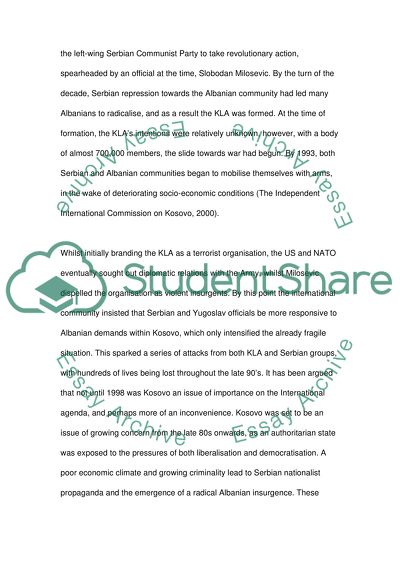Cite this document
(“Geography: Development, Inequality and Environment Essay”, n.d.)
Retrieved from https://studentshare.org/geography/1393867-geography-development-inequality-and-environment
Retrieved from https://studentshare.org/geography/1393867-geography-development-inequality-and-environment
(Geography: Development, Inequality and Environment Essay)
https://studentshare.org/geography/1393867-geography-development-inequality-and-environment.
https://studentshare.org/geography/1393867-geography-development-inequality-and-environment.
“Geography: Development, Inequality and Environment Essay”, n.d. https://studentshare.org/geography/1393867-geography-development-inequality-and-environment.


